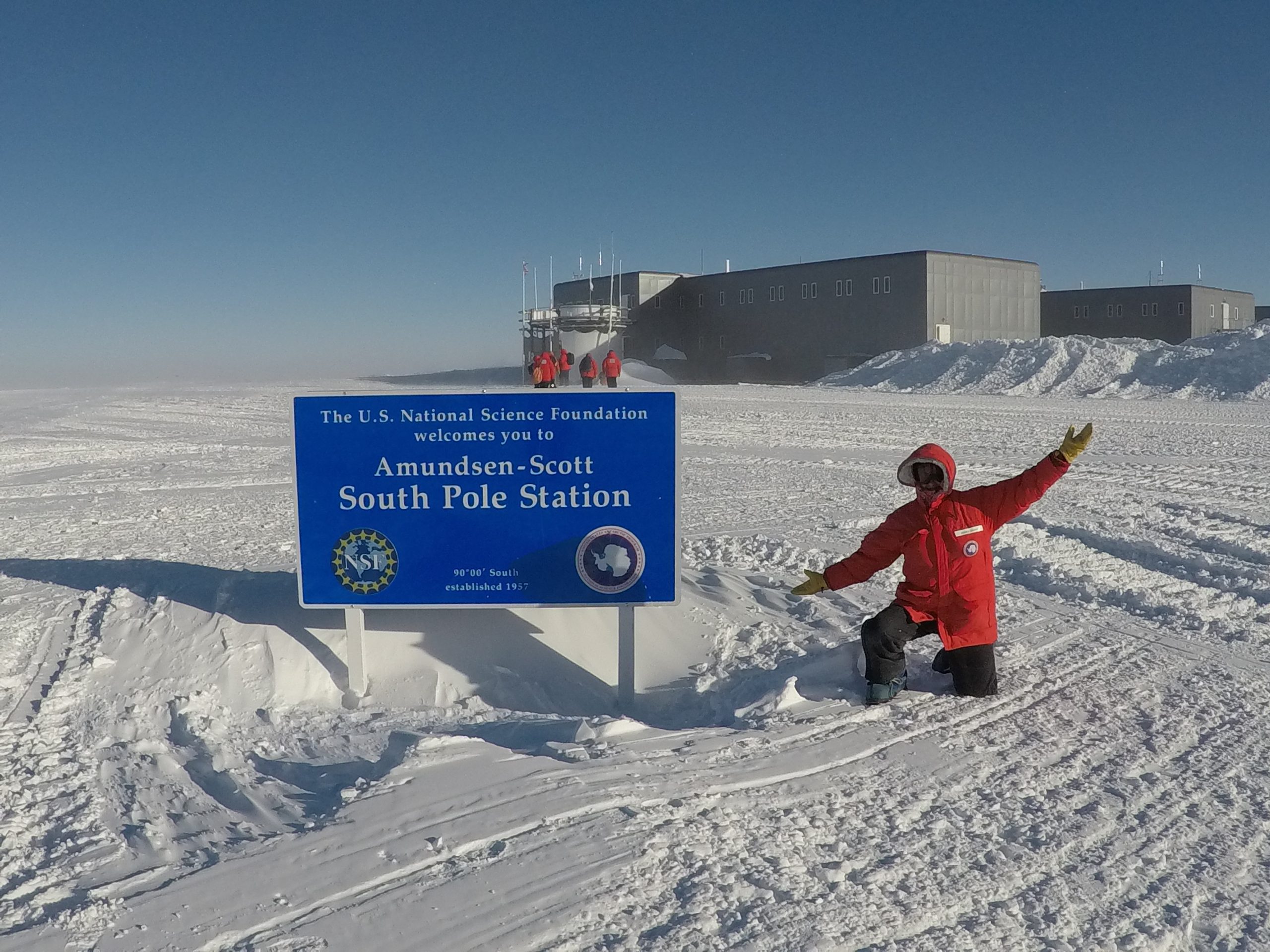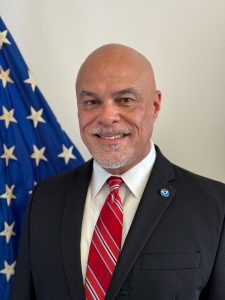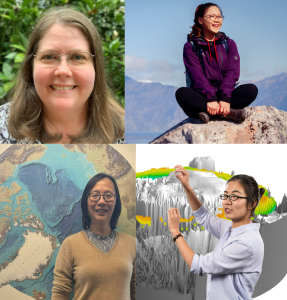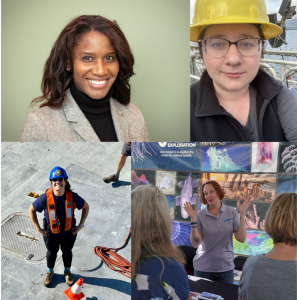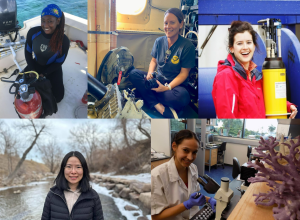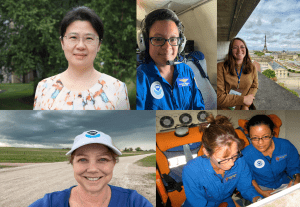NOAA scientists collect critical ice and atmospheric data in the Arctic, use innovative approaches to track ocean acidification, build elegant climate and ecosystem models – and so much more. That work leads to more accurate weather forecasts and an overall deeper understanding of the intricacies of our planet.
We’ve sat down with many of our scientists over the years. Here are a few of our favorite interviews:
Get locked in Arctic ice with Taneil Uttal
Taneil Uttal, a scientist with NOAA’s Physical Sciences Laboratory, is a pro at Arctic living. She’s been studying the Arctic atmosphere and climate for 22 years, and in 2020 returned from a four and a half month stint in the central Arctic on the MOSAiC Expedition, an ambitious Arctic research effort led by the Alfred Wegener Institute. Taneil tells us her favorite parts of the epic expedition, what kinds of questions she was looking to answer about the Arctic environment, and what the food is like when you’re living on a research vessel trapped in the ice (spoiler alert – it’s really good!).
Travel to the end of the Earth with Marisa Gedney
Now that you know what life in the Arctic is like, learn about what it’s like to live and work on the other side of the world – in Antarctica! Living in a place where temperatures can reach -100F isn’t easy, but NOAA Corps Officer Marisa Gedney is up for the challenge. She takes us through a day in her life at the South Pole, complete with sampling clean air, monitoring instrumentation, firefighting training, and a little fun thrown in.
Learn the importance of asking questions and taking chances with DaNa Carlis
DaNa Carlis, Deputy Director at NOAA’s Global Systems Laboratory, didn’t set out for a career in atmospheric science and meteorology – in fact, he wanted to be a doctor when he was young. But he fell in love with the field after taking his first Atmospheric Science course at Howard University, and he’s since had a rich career at NOAA Read our interview with him to learn about his career, his visions for the future, and what advice he has for young scientists.
Dive into the world of “Lakeography” with Eric Anderson
You know NOAA is home to plenty of oceanographers. But what do you call an oceanographer that studies the Great Lakes? If you’re Eric Anderson, NOAA Great Lakes Environmental Research Laboratory (GLERL)’s resident oceanographer, you go with “lakeographer!” Learn more about his career studying the intricacies of our Great Lakes.
Learn how Grey’s Anatomy is relevant to a successful career with LaToya Myles
For LaToya Myles, deputy director of NOAA’s Air Resources Laboratory Atmospheric Turbulence and Diffusion Division, the love of science. Once she found out that asking questions is an essential part of being a scientist, she was set on a scientific path. Learn about LaToya’s research, what she loves most about her work, and what she hopes the future of science looks like.
Spend a day with Jessica Luo, and learn why she thinks there’s “nothing more beautiful than an elegant model”
Jessica Luo is a biological oceanographer at NOAA’s Geophysical Fluid Dynamics Laboratory. Her work focuses on marine ecosystems and plankton — the microscopic plants and animals that make up the base of the ocean food chain — and she uses computer models to study how these systems interact with the broader Earth system, and how these interactions may change in the future. Find out why she thinks creating these models is one part engineering, one part artistry.
Explore the wonders of the deep with Kasey Cantwell
If you love NOAA’s live streams of our deep ocean exploration expeditions, you’ll love our interview with Kasey Cantwell, a physical scientist with the NOAA Office of Ocean Exploration and Research, who manages ocean exploration missions on the NOAA Ship Okeanos Explorer (and other research ships). Go behind the scenes with Kasey, as she takes us through her typical day at sea.
Find out why Natasha White’s most important measure of success is the impact she makes on society
For more than 10 years, Natasha White was an environmental scientist with NOAA’s National Ocean Service, where she investigated the impacts of contaminants on the health of marine organisms. Now, she uses her expertise in science and passion for education in NOAA’s Office of Education, where she supports the administration of the Educational Partnership Program with Minority Serving Institutions (EPP/MSI), a program that supports students from traditionally underrepresented minority communities. Hear from Natasha about her career, what success means to her, and the best advice she ever received.
Go from coastal research to Capitol Hill with Emily Osborne
How does scientific research make its way into the hands of policymakers? For NOAA ocean acidification scientist Emily Osborne, it took seven years of hard work, a lot of media attention on her study, and an invitation to the Capitol Hill office of California Senior Senator Dianne Feinstein. There, Emily briefed the Senator’s staff on ocean acidification and plans for resilience along the California coast. Learn more about Emily’s groundbreaking research and her visit to Capitol Hill.
